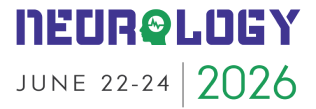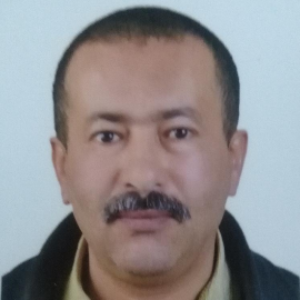Title : DNA process in fractal cells
Abstract:
Computational biology faces the challenge of modeling the complex dynamical processes that underlie cellular functions, which evolve and change depending on internal functional requirements and external environmental factors. To address this challenge, researchers have turned to theories of fractals and chaos, which have long been intertwined with dynamical systems. In this research paper, we propose a novel model that combines a fractal Julia process with numerical dynamical systems to solve topological problems in DNA processes.
The model includes a representation of chromosomes with and without link points, as well as various DNA processes, such as mitosis, meiosis, duplication, separation, division, and crossing over. The study identifies the position of the centromere and its impact on the form, behavior, and scale of the fractal cell. Additionally, this paper presents two examples of cell divisions with eight nuclei, illustrating both internal and external division. The research has significant implications for the understanding and treatment of genetic diseases, as well as potential applications in various fields of biology and medicine.
Figure 1: Model of chromosome with different position of centromeres
Figure 2: Chromosome with link points, Chromosome without centromere
The centromere, universally known as the primary constriction, is essential for chromosomal attachment to the spindle and for proper segregation. It serves as a link between sister chromatids until their dissociation at anaphase, after which each chromatid converges towards a steady state. At present, however, no previous analysis was done to investigate the numerical position of centromere and to identify its position.
Figure 3 shows the crossing over process (mitosis process)
Figure 4 contains two behavior of chromosomes, each chromosome has its position of centromere and without link points. We are combining between them fractal algorithm, we obtain fractal flower contains eight leafs.
Figure 5 shows result of implementation using chromosomes with link points
Figure 6: Combining of two chromosomes without link points
In next subsection, we present only results of implementation of fractal cell contains eight nucleus and its division in two cells.
Figure 7: Cell division in fractal cell
We give another results contains to meiosis process and cell division, in this result, we show the efficiency of our approach.
Audience Take Away
- This paper has discovered the processes of the cell divisions of both mitosis and meiosis. All in all, the results show that this work could have a strong impact on the welfare of humanity and can be leveraged for the cure of genetic diseases




